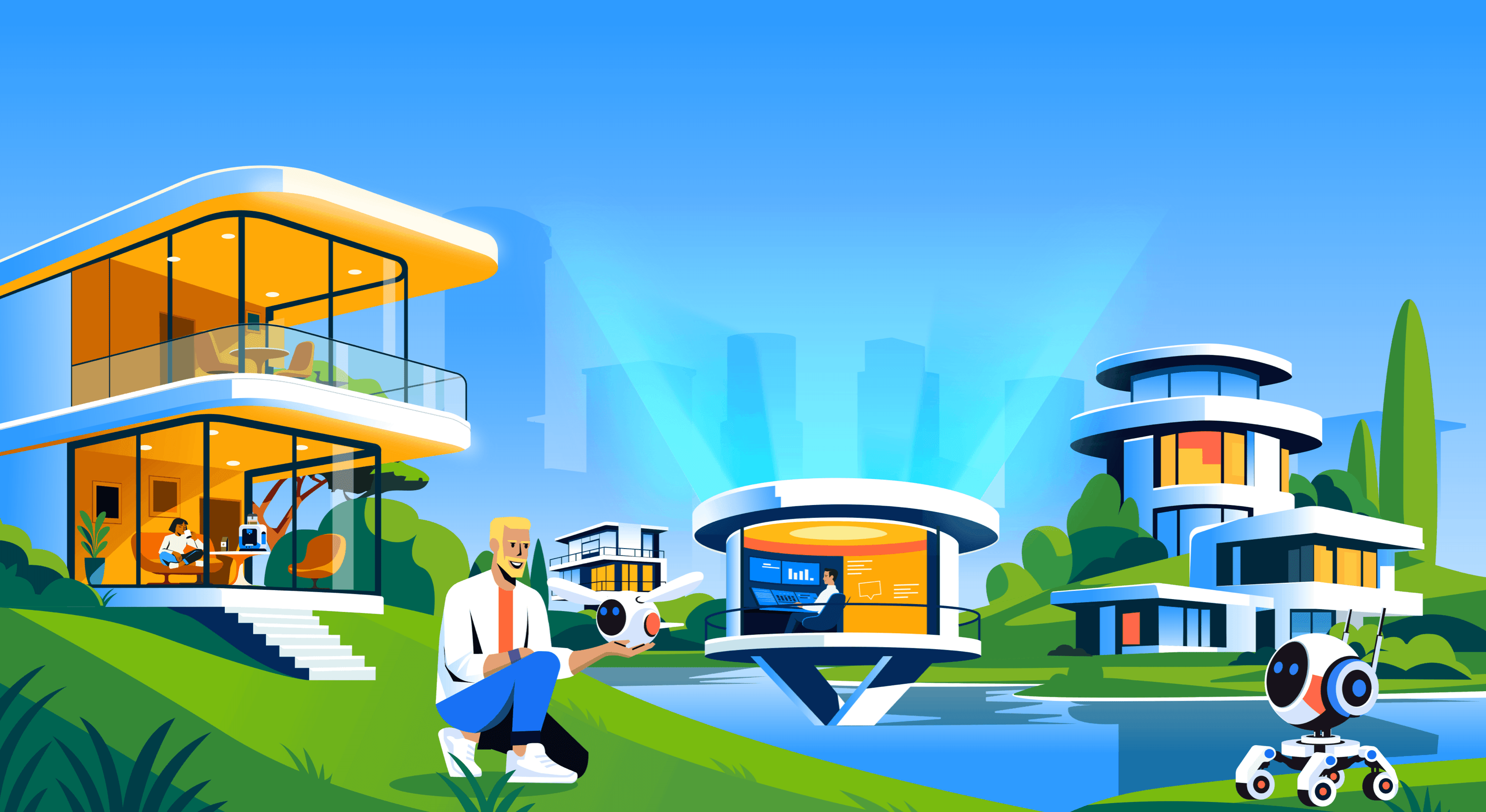How to compete with giants with $100
In 2017 building a startup is hype. When most startups start to reach VCs to launch their product, there is another way to do it: Bootstrapping. Crisp began to bootstrap from day 0 and today, we compete with companies like Intercom, backed over $130M without any hassle. How is it possible? We share everything in this article! Each dollar matters At Crisp, we understood that pricing was a pain-point in our market and that to compete with other big players, we had to have a freemium model. Why f
In 2017 building a startup is hype. When most startups start to reach VCs to launch their product, there is another way to do it: Bootstrapping.
Crisp began to bootstrap from day 0 and today, we compete with companies like Intercom, backed over $130M without any hassle. How is it possible? We share everything in this article!
Each dollar matters
At Crisp, we understood that pricing was a pain-point in our market and that to compete with other big players, we had to have a freemium model. Why freemium ? Because it's an unbelievable acquisition model. People talk a lot, and this is a fast way to reach our audience.
Freemium is great but it's still an expensive acquisition channel: We had to scale a tech stack running millions unique visitors and at the same time focusing on core premium features.
How we did it
1 - The rolling start
When most startups are launching their product on a specific day, like a Standing Start, we choose to go to a Rolling Start
We built our first product version in 3 weeks around opinionated features (Our crispy sauce) and prepared a top quality landing page.
This way we reach our first 20 users and you can't imagine the value these people added in our product. We stand up night and days on our fresh new Crisp livechat to chat and get feedback with our new users and visitors. We started to get an early traction. Like it said earlier: people talk, and we quickly increased to 200 users, using the same process: feedback, and continuous improvement and delivery.
Finally, one of these early users listed us on ProductHunt and quickly, we reached 2000 users. It's when tech issues begin.
2 - A scalable affordable tech-stack.
Should I use Amazon Web Services? Azure? Heroku? Firebase? None of these!
Amazon Web Services is pretty expensive, and their servers are'nt worth the price. Using UnixBench we figured that DigitalOcean was much faster with $5 servers. Then, we built a small micro-service architecture around AMQP and DigitalOcean droplets. We figured how to scale tens of thousands of WebSocket connections using a simple and efficient architecture.
Finally, we recused our expenses using CloudFlare. As we are delivering terabytes of assets (our livechat contains stylesheets, images, javascript), Cloudflare allowed us to cache everything and to reduce our bandwidth from 90%. In the same time, Cloudflare enabled us to be worldwide, with 4x lower latencies in Asia, Australia, Brasil.
3 - Building a community around early users
First users are the ones who understand the most what you are doing and where you are going. We created a Facebook Group called Crisp VIP with all the people who are or were involved in making Crisp better. In this group, we share early stuff and early decisions to fit what we are doing to our audience.
From translations, blog articles, design improvements, these users helped us in our mission and became influencers in their community. Crisp started to get popular in unexpected countries. The reason is simple: these early users and influencers shared Crisp in their own communities.
This way, when people are asking "Is there any alternative to X" somewhere, there are people to reply Crisp.
4 - We worked in the same flat
Crisp is a remote team but to build product steps, we like to work in the same apartment for 2 or 3-month in the French countryside.
Why? Besides the fact it's cheap, we, really trust it's the best thing that may happen to any team.
First, it is time-saver. For people working in crowded areas like London, Paris, San Fransisco, you will save 2 to 3 hours per day. From moving to a grocery store, moving to your work office, everything is faster when you work in the same flat in a small town.

For few month, it helps to focus on essentials and reducing the time to take decisions. You don't need anymore to Slack someone. You can walk in the forest for an hour and talk about pricing, strategy.
This way we build our last release Crisp 2.0 in only 3-month, beta included.
Finally, it's an excellent way to understand more your co-founders.
5 - All the free acquisition channels matters
There are few free channels that you can use to get early traction.
- ProductHunt has a great community and can help your project to get a sustainable traction. If you wonder to be listed on the homepage, the most important thing is to have a top quality landing page. Competition is hard!
- Share your product on every forum you can find, Quora. Don't miss any opportunity!
- Using carpooling? Talk about what you are building in the car!
- In a party? Again, talk about what you are doing.
Like Facebook, the world is a giant social network, and you need to connect with as many people as you can. Be kind!
6 - Early revenues
The best money doesn't come from VCs, it comes from your users. In your first months, overthinking revenues could kill you as the first thing that you need is traction.
Most startups are ashamed of what they are selling the first time. It is perfectly reasonable, but most of the time, some people will find value in what you are doing and will pay for it.
A fun fact is a French startup got a three years plan payment from a user, just because the product was not enough. The user just wanted to support the team.
Of course, if personally, you need cash in your early month, you can sell a bit of your time (to develop, design, etc) for two to three days per month.
7 - Unfair advantages
When competing with someone, you need strong unfair advantages.
At Crisp, we have multiple unfair advantages. The first one is that we all worked in our current market before, as employees, so we understand the keys to reaching this market.
Then, we all are developers and designers, so we know how to build the product on our own and how to make it fast. It avoids raising millions, just to release the first version.
8 - Do It Yourself
Like it is said on point 7, to be cost efficient, you need to build most on the things on your own.
From design, videos, accounting, customer success, we did everything on our own. It's a required step to understanding every single part of your business and to not burn your money in the future.
Conclusion
Besides the fact that money is important, your time is much more precious. Avoid overthinking small decisions and put all your energy in delivering the best value and the best experience to your users.
Thank you for reading this article, and don't hesitate to give Crisp a try if you have few minutes.







